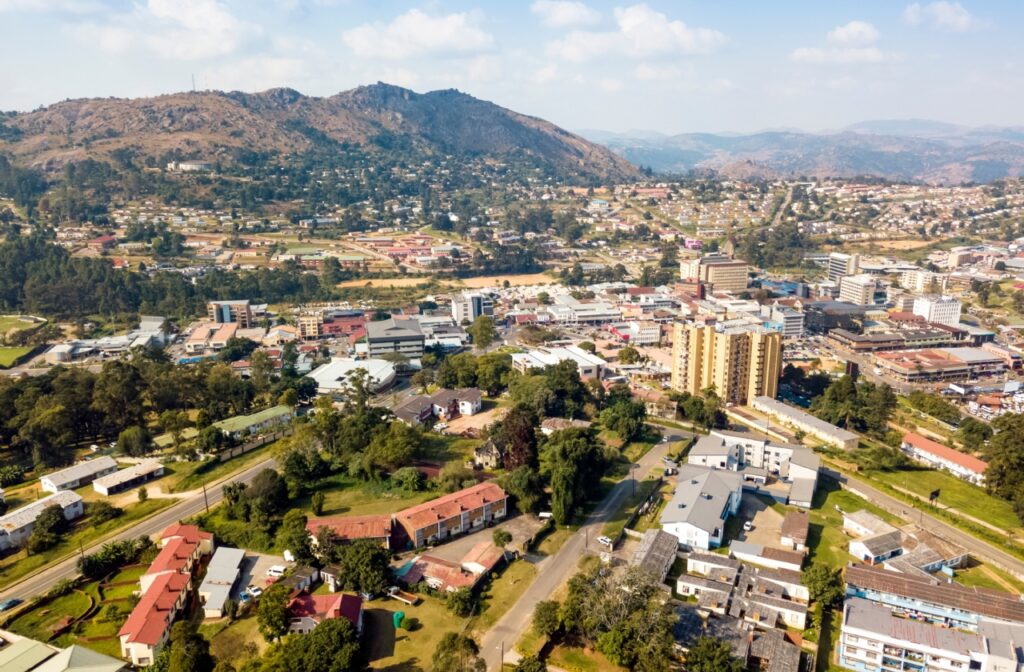- Home
- Switch to electric cars in Eswatini, how much are you saving?
Switch to electric cars in Eswatini, how much are you saving?
Electric vehicles (EVs) are slowly emerging in Eswatini, driven by a growing interest in renewable energy and sustainable transportation. The country’s electricity costs are relatively lower than gasoline prices, making EVs a potentially cost-effective alternative. Additionally, reduced maintenance requirements further contribute to long-term savings for EV owners. Urban centers such as Mbabane and Manzini are expected to be the first areas to develop charging infrastructure.
Despite these advantages, several challenges hinder widespread EV adoption, including high upfront costs, a limited selection of EV models, and a lack of charging stations, especially in rural areas. However, as battery technology improves and infrastructure expands, EV adoption is projected to grow. Government policies, incentives, and private sector investments could play a crucial role in supporting Eswatini’s transition to cleaner and more energy-efficient transportation.

| Aspect | Electric Vehicles (EVs) | Gasoline Vehicles |
|---|---|---|
| Energy Efficiency | Over 85% efficiency, meaning most energy is used for propulsion. | Lower efficiency due to heat loss in combustion. |
| Consumption (100 km) | 15 kWh (electricity) | 6 liters (gasoline) |
| Cost per 100 km | $2.10 (15 kWh × $0.14/kWh, estimated Eswatini electricity price) | $7.80 (6 liters × $1.30/liter, estimated fuel cost) |
| Annual Cost (15,000 km) | $315.00 | $1,170.00 |
| Annual Cost (25,000 km) | $525.00 | $1,950.00 |
| Annual Cost (30,000 km) | $630.00 | $2,340.00 |
| Annual Cost (50,000 km) | $1,050.00 | $3,900.00 |
| Annual Cost (70,000 km) | $1,470.00 | $5,460.00 |
| Annual Savings (15,000 km) | $855.00 | – |
| Annual Savings (25,000 km) | $1,425.00 | – |
| Annual Savings (30,000 km) | $1,710.00 | – |
| Annual Savings (50,000 km) | $2,850.00 | – |
| Annual Savings (70,000 km) | $3,990.00 | – |
| Maintenance Costs | Lower: No oil changes, timing belts, or exhaust systems. | Higher: Requires regular oil changes and more mechanical upkeep. |
| CO₂ Emissions | Very low due to Eswatini’s increasing focus on renewable energy. | High emissions due to combustion of fossil fuels. |
| Government Incentives | Limited, but potential future tax reductions or incentives. | No special incentives. |
| Infrastructure Growth | Minimal charging network, mainly in urban areas like Mbabane and Manzini. | Well-established fuel station network. |
| Energy Security | Reduces dependence on imported fossil fuels. | Dependent on global oil markets and price fluctuations. |
| Technology Evolution | Battery lifespan improving, cost reductions expected. | Limited innovation in efficiency gains. |
| Long-Term Viability | Key to Eswatini’s sustainable transportation future. | Facing increasing environmental and regulatory constraints. |

